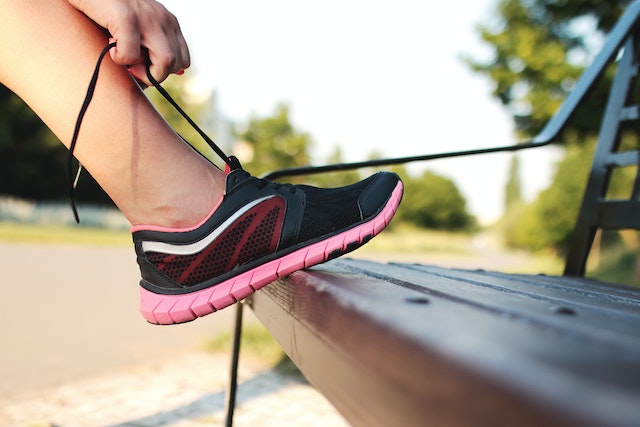Running is a fantastic way to stay fit, relieve stress, and enjoy the great outdoors. Whether you’re a seasoned marathoner or just getting started, choosing the right running shoes is crucial to your overall comfort and performance. In recent years, cushioned running shoes have gained popularity among runners for their ability to provide a comfortable and supportive experience. In this blog post, we’ll delve into the world of Cushion Running Shoes, exploring what they are, why they matter, and how to choose the perfect pair for your needs.
What Are Cushion Running Shoes?
Cushion running shoes, as the name suggests, are designed with extra cushioning in various parts of the shoe, especially in the midsole. This extra cushioning helps absorb impact forces when your feet strike the ground while running. It not only enhances comfort but also reduces the risk of injuries associated with repetitive impact.
Why Choose Cushion Running Shoes?
- Enhanced Comfort: The primary reason runners opt for cushioned running shoes is the unparalleled comfort they offer. The extra cushioning provides a plush, soft feeling underfoot, making each stride more enjoyable.
- Shock Absorption: Running can put a lot of stress on your joints and muscles, especially during long runs or on hard surfaces. Cushion running shoes excel at absorbing shock, which can help reduce the risk of injuries and minimize discomfort.
- Support and Stability: Many cushioned running shoes incorporate features that enhance stability and support. These shoes are often designed with a snug fit and reinforced materials to keep your feet secure during your runs.
- Versatility: Cushion running shoes are suitable for various types of runners, whether you’re a beginner or an experienced athlete. They can be used for daily training, long-distance running, or recovery runs.
Choosing the Right Cushion Running Shoes
Selecting the perfect pair of cushioned running shoes can be a daunting task, as there are many options available. Here are some key factors to consider when making your choice:
- Foot Type: Understand your foot type – whether you have flat feet, high arches, or neutral arches. This information will help you find shoes that offer the right level of cushioning and support for your specific needs.
- Pronation: Determine your pronation type – overpronation, underpronation (supination), or neutral. This will guide you toward shoes with appropriate features to address your pronation pattern.
- Fit: Proper fit is essential. Visit a specialty running store to have your feet measured and analyzed by experts who can recommend shoes that match your size and running style.
- Running Surface: Consider where you’ll be running most often. If you primarily run on roads, you may want cushioned running shoes with a different outsole than if you frequently hit the trails.
- Cushioning Level: Some cushioned running shoes offer minimal cushioning, while others have a plush feel. Choose the level of cushioning that aligns with your comfort preferences and running goals.
- Brand and Model: Popular running shoe brands like Nike, Brooks, ASICS, and New Balance offer a wide range of cushioned options. Research reviews and try on different models to find the one that suits you best.
